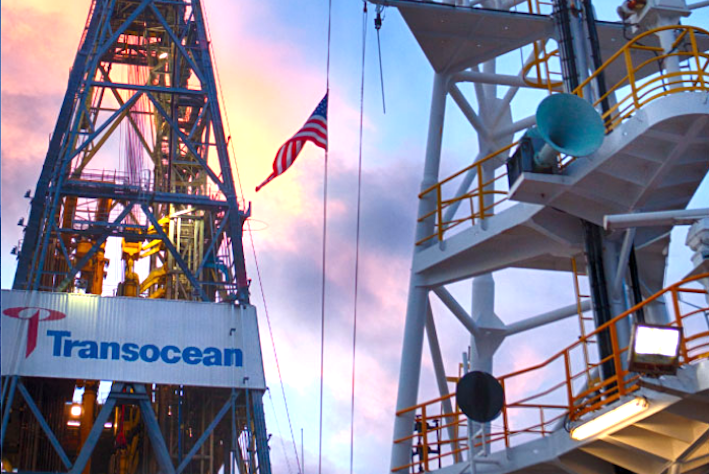Among the biggest risers on the S&P 500 on Friday November 22 was Transocean Ltd (Switzerland) ($RIG), popping some 3.27% to a price of $4.74 a share with some 14 million shares trading hands.
Starting the day trading at $4.60, Transocean Ltd (Switzerland) reached an intraday high of $4.79 and hit intraday lows of $4.59. Shares gained $0.15 apiece by day’s end. Over the last 90 days, the stock’s average daily volume has been n/a of its 611.86 million share total float. Today’s action puts the stock’s 50-day SMA at $n/a and 200-day SMA at $n/a with a 52-week range of $3.76 to $10.03.
Transocean commands one of the largest deep-water and ultra-deep-water fleets in the world. Its rigs operate globally, but the major deep-water basins are in West Africa, Brazil, and the Gulf of Mexico. Transocean’s customers tend to be national oil companies, independents, and international oil companies.
Transocean Ltd (Switzerland) has its corporate headquarters located in Steinhausen, and employs 6,700 people. Its market cap has now risen to $2.9 billion after today’s trading, its P/E ratio is now n/a, its P/S n/a, P/B 0.24, and P/FCF n/a.
The Dow Jones Industrial Average (DJIA) is the most visible stock index in the United States, but that doesn’t make it the best. In fact, the industry standard for market watchers and institutional investors in gauging portfolio performance is the S&P 500.
The DJIA relies on just 30 stocks as a sample of large- and mega-cap firms, dwarfed by the 500 contained in the S&P 500, and it also weights its returns using an outdated and flawed price-weighting method. The S&P 500’s weighting is based on market cap, making it a much better representation of actual market performance for large- and mega-cap stocks.

